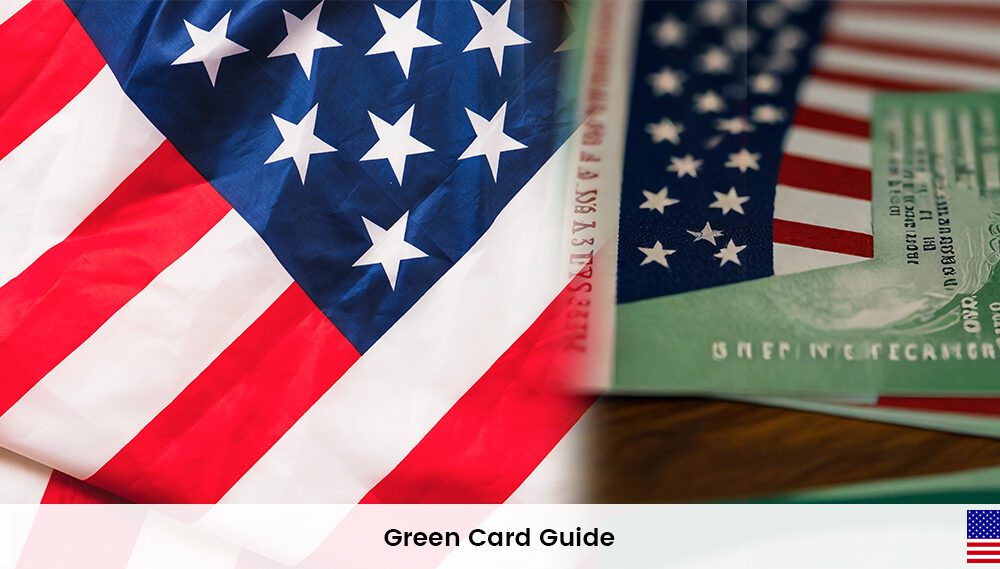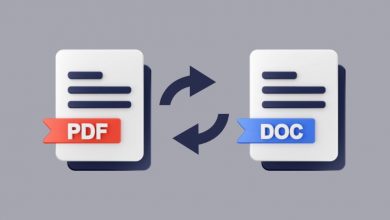Why Paper Publications Matter in Your EB-1A Green Card Journey

For researchers, inventors, and scholars, paper publications for EB-1 are evidence that you are one of the best in your field. They show that peers value your insights enough to critique, reference, and build upon them. The EB-1A category rewards individuals “at the very top” of their field; one of the ten USCIS criteria explicitly recognizes authorship of scholarly articles in professional or major trade publications. That makes strategically curated publications a cornerstone of a strong EB-1A petition.
What publications actually prove
Publications demonstrate several things USCIS cares about: original contribution, peer recognition, and influence. A peer-reviewed article shows you created work vetted by experts. Likewise, citations and adoption of your methods show your work shaped the field. Moreover, invited articles or book chapters signal that others see you as a thought leader. In short, a well-documented publication record helps satisfy the “original contributions of major significance” and the “authorship” criteria together.
Quality over quantity
USCIS and experienced EB-1A consultants emphasize impact more than sheer numbers. A handful of high-impact, widely-cited articles or publications in leading journals usually outweigh dozens of obscure papers. That said, even modest publication counts can succeed when paired with strong letters, evidence of influence (citations, standards adoption, patents citing the work), and a clear explanation of your role. Many success stories show varied paths (from high-citation physicists to practitioners) whose niche but influential work convinced adjudicators.
How to present publications in your petition (practical examples)
- Document authorship and contribution: provide the paper, publisher details, and a one-sentence plain-English summary of your unique contribution.
- Show impact: include citation counts, evidence your method was adopted (e.g., follow-on papers, standard citations, industry use), or press coverage.
- Corroborate with letters: Independent experts should explain why the publication matters and how it advances the field. Strong expert letters tie publications directly to the EB-1 criteria. Firms that offer EB-1A mentorship frequently help clients shape these narratives.
Common pitfalls to avoid
Don’t assume any publication automatically qualifies. Articles that merely mention you, conference abstracts without proceedings, or publications in predatory journals carry little weight. Equally, avoid overstating impact: USCIS will inspect your context closely. Work with experienced EB-1A consultants or mentors to audit your record and close evidentiary gaps.
Realistic strategies for different career stages
- Early-career researchers: prioritize a few high-quality conference papers and a clear explanation of your future trajectory in your petition letter.
- Mid-career professionals: highlight applied impact like standards, industry adoption, and patents, citing your work.
- Non-academic experts: aim for trade publications, major media coverage about your work, or authored technical standards that show influence. EB-1A mentorship programs can tailor strategies based on your background.
Publications are powerful evidence but not a magic bullet. They are most effective when woven into a coherent story of contribution, recognition, and lasting influence. It is the narrative USCIS looks for in EB-1A petitions. Pair thoughtful publication selection with strong corroboration (citations, expert letters, proof of adoption) and you’ll markedly improve your odds on the EB-1A journey. If you’re mapping next steps, consider an EB-1A mentorship to audit your portfolio and translate scholarly achievements into persuasive immigration evidence.

Source: Why Paper Publications Matter in Your EB-1A Green Card Journey




